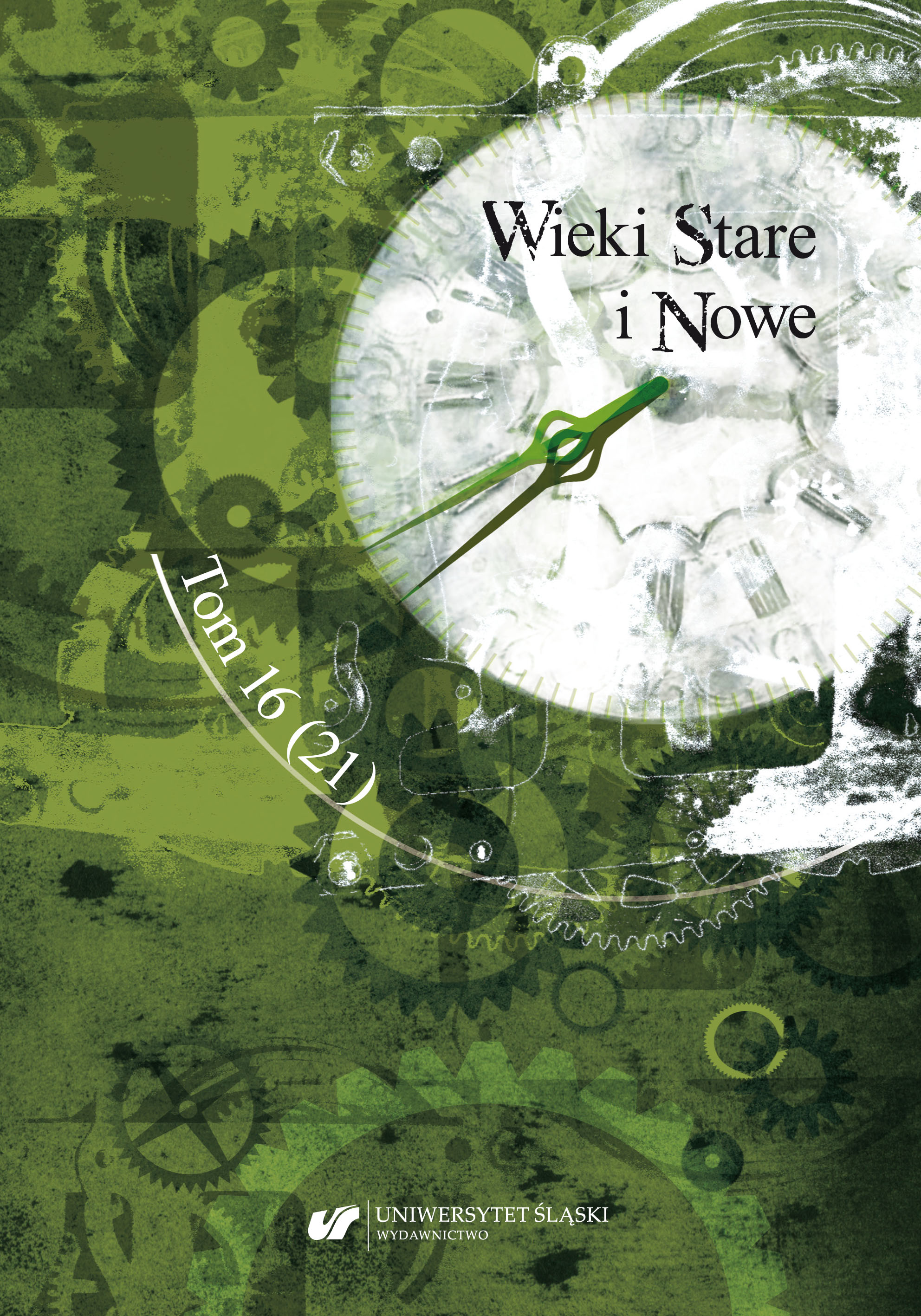Rydwan celtycki w dobie wojen cezariańskich
The Celtic Chariot in the Era of the Caesarian Wars
Author(s): Bronisław SzubelakSubject(s): History
Published by: Wydawnictwo Uniwersytetu Śląskiego
Keywords: British chariot; scythed chariot; pony; warrior; charioteer
Summary/Abstract: The use of chariots in warfare had a long tradition in the ancient Near East, but not in northern Europe. In many regions, chariots and the horses that pulled them were interred with wealthy leaders in their tombs. Chariots were common in Europe until around 100 BCE, although they continued to be used for much longer in Britain. Their speed and agility caused serious difficulties for the Roman infantry. Chariots were not intended to charge headlong into enemy formations. The warrior was able to fight against horsemen from the chariot’s platform, but would dismount to fight infantry soldiers on foot. In the meantime, the charioteer would move away a short distance from the battle, waiting to collect the warrior and carry him to safety, if necessary. A typical British chariot consisted of a small platform, open in the front and in the back, mounted on a wooden axle and with wheels made strong by iron tires. The charioteers sat at the front of the platform between two sideboards made of wood or wickerwork. However, the double arcade seems to be the most convincing interpretation of the evidence found on coins. In Britain, most horses were the size of the modern Dartmoor ponies and were effective in pulling chariots. The continental Gauls learned to breed larger horses capable of carrying a warrior and his weapon. The war-chariot of the Britons almost certainly did not have scythes. There is no accepted archaeological evidence concerning scythed chariots.
Journal: Wieki Stare i Nowe
- Issue Year: 21/2021
- Issue No: 16
- Page Range: 61-70
- Page Count: 10
- Language: Polish

